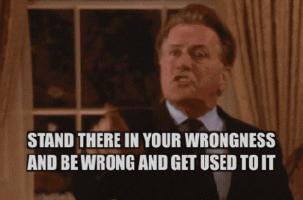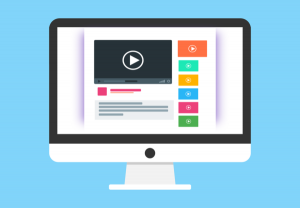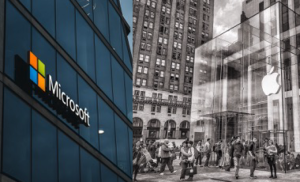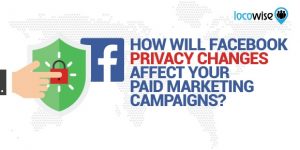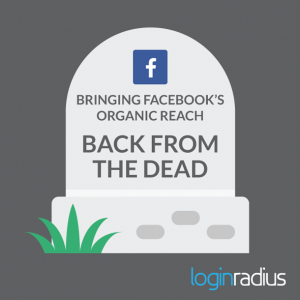
Back in 2013, LinkedIn co-founder Reid Hoffman wrote this on the 10th anniversary of the professional network platform:
I co-founded LinkedIn in my living room with the mission of connecting the world’s professionals to make them more productive and successful. Inspired by the invaluable role relationships played in our own careers, we launched LinkedIn with the tagline “Relationships matter.”
[…]
Today, hundreds of millions of professionals around the world are turning to LinkedIn to connect with each other, manage their identities, get insights they need to be great at what they do, and find their dream jobs.
Nowhere does he say, “LinkedIn is also a great place to argue about politics, view adorable baby videos or be challenged by a brain-teaser graphic.”
Simply put, LinkedIn is a professional network. I’ve actually touched on this topic once, but I’ve been seeing a lot of virtual ink on LinkedIn’s purpose and mission as of late. One article I read, though, really stuck in my craw.
I wish I had bookmarked it—I’d link to it here if I did—but from what I remember, the crux of it is that because LinkedIn is actually trying to be more like Facebook, in terms of its offerings, LinkedIn users should treat it like Facebook.
I only have this to say about the article’s assertion:

(An exaggeration, of course. But that’s how I feel.)
LinkedIn Versus Facebook or Twitter
Simply put, LinkedIn is a professional network. (Yep, second time that phrase is in italics in this article.) LinkedIn is probably the best place on the Internet to show you’re a thought leader in whatever profession you’re in. It doesn’t matter if you’re looking for clients, business partners, networking partners or even a job. If it’s business, it’s LinkedIn.
Facebook, on the other hand, is much more of the “let your hair down” kind of online “place,” similar to the neighborhood bar or another type of gathering place where everybody knows your name. Relaxed (usually) and personable; unless you’re arguing about politics, etc.
And participating on Twitter is more like being in the audience at a sports gathering, but everyone has megaphones with the volume cranked up to 11… while shouting into them at the same time.
How it Hurts
When you’re trying to be a thought leader, you’re also trying to build respect for yourself. If you give your LinkedIn audience a reason to not like you, the opportunity to be that leader is severely diminished. If you keep giving them reasons, you’ve totally lost them.
Nothing works faster to destroy your efforts to be a thought leader than oversharing. Let’s face it: We all hear enough opinions about politics, religion and many other controversial subjects to make us pretty ill. If you’re like me, you use LinkedIn to a certain extent to put yourself in a professional frame of mind. Any blatant intrusion into that is unwelcome.
When I see “oversharing” posts on LinkedIn, I’ll click “I don’t want to see this” faster than the descent to obscurity the average “winner” of The Voice sees after the show ends. When that link is clicked, the offending person’s Status Updates are hidden forever. This means that person no longer has any exposure to me going forward.
If the original sharer was serious about using Social Selling to maximize their sales efforts… well, if they’ve blown it with me, chances are they’ve ruined their chances with their other connections, too. All of that hard work to develop a connection, a relationship… sunk with just one Status Update.
If you don’t want to suffer such a fate, here’s some suggestions for your LinkedIn posting strategy:
- No posts about politics, religion, or other content that will likely offend someone else. Always ask yourself, “Would I talk about the content of this post at a networking event, trade show, conference, etc.?” If the answer is “no,” then don’t post it.
- No cat videos, photos of pets, brain teasers or other posts that, while not offensive, aren’t professional either. Save those brain-teaser graphics for Facebook.
- Post business-related quotes. For the past couple of weeks, I’ve been posting such quotes for my first post of the day. I include a photo of the person being quoted in the post, too. Those get a lot of attention (and shares), and have become a part of my thought leadership-generation strategy.
- Comment on the posts of your connections. Not only do you get a chance to share your opinion on the post, those in the network of the original poster get to see your knowledge, too. This increases your reach and your efforts to build your brand as a thought leader.
- Humor. A touchy subject. I rarely use it. When I do, it’s always business-appropriate, and it’s almost always on a Friday. I purposely post humor on Friday because people tend to be in a good mood and are more receptive to such content.
All of that being said, your LinkedIn presence shouldn’t be so plain that it doesn’t have any personality. On the contrary, it should reflect who you are. But it should be your “professional” persona. That’s why I post humor.
Don’t misunderstand: I’m not trying to hinder anyone’s right to self-expression; I’m only saying, “consider your audience.” A business audience probably won’t appreciate a political post or a “dog kisses baby” video in their LinkedIn feed.
A good rule of thumb is to liken your LinkedIn Status Updates to mini-marketing pieces. If you don’t think it would be good for your company, your personal brand, etc., to be connected with a particular status, then don’t publish it. It’s really as simple as that.
This article originally appeared on LinkedIn, and was featured in the LinkedIn Tips channel.
Digital & Social Articles on Business 2 Community(125)
